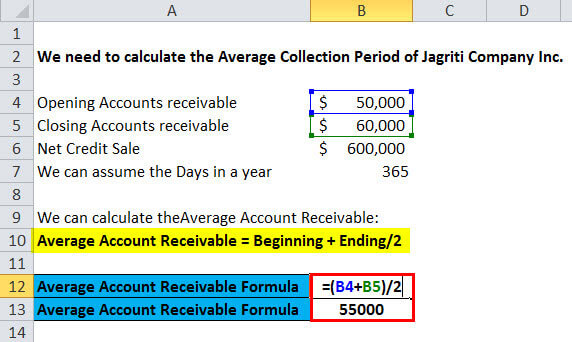
So it is good practice to compare yourself with others in your industry.

In both cases, the accounts receivable turnover ratio shows how long it takes customers to pay, on average, and that information, in turn, reveals a lot about how financially stable the company is and how well its cash flow is managed.

In other words, its accounts receivables are better protected as service can be disconnected before further credit is extended to the customer. All customers are billed a month in advance of service delivery, thereby preventing any customer from receiving services without paying the bill.
#ACCOUNT RECEIVABLE TURNOVER FORMULA TV#
A few may go out of business and not pay Joe’s Bait Company anything at all, which would result in bad debt.īy comparison, LookeeLou Cable TV company delivers cable TV, internet and VoIP phone service to consumers. Some of the company’s customers pay on time as agreed, but some pay late. Payment terms are the same for each customer: net30, meaning payment is due thirty days after the invoice date. The company invoices each of the stores once a month. The accounts receivable turnover ratio, or receivables turnover, is used in business accounting to quantify how well companies are managing the credit that they extend to their customers by evaluating how long it takes to collect the outstanding debt throughout the accounting period.įor example, Joe’s Bait Company supplies fish bait to stores at docks and marinas throughout the Southeast. What Is Accounts Receivable (AR) Turnover Ratio? If money is not coming in from customers as agreed and expected, cash flow can dry to a trickle.Ĭonversely, when collections are managed efficiently, a business’s cash flow becomes more predictable, collection costs are lower and its balance sheet is healthier, which is a very important factor when a company seeks to obtain credit, invest in growth and attract investors. The accounts receivable turnover ratio is one metric to watch closely as it measures how effectively a company is handling collections. East, Nordics and Other Regions (opens in new tab)


 0 kommentar(er)
0 kommentar(er)
